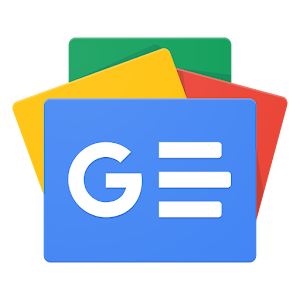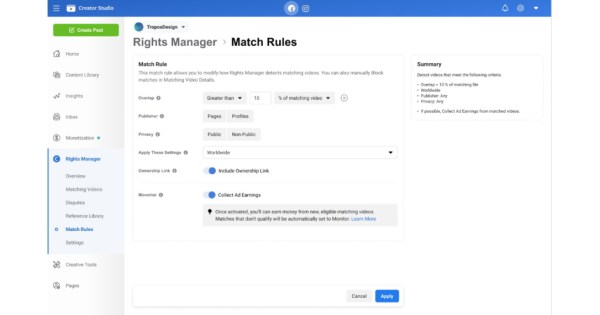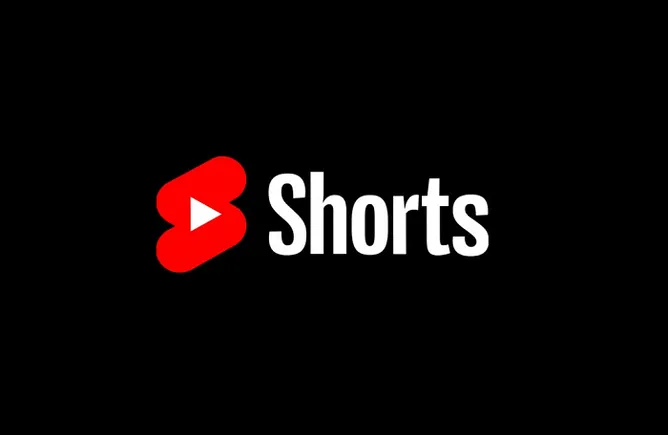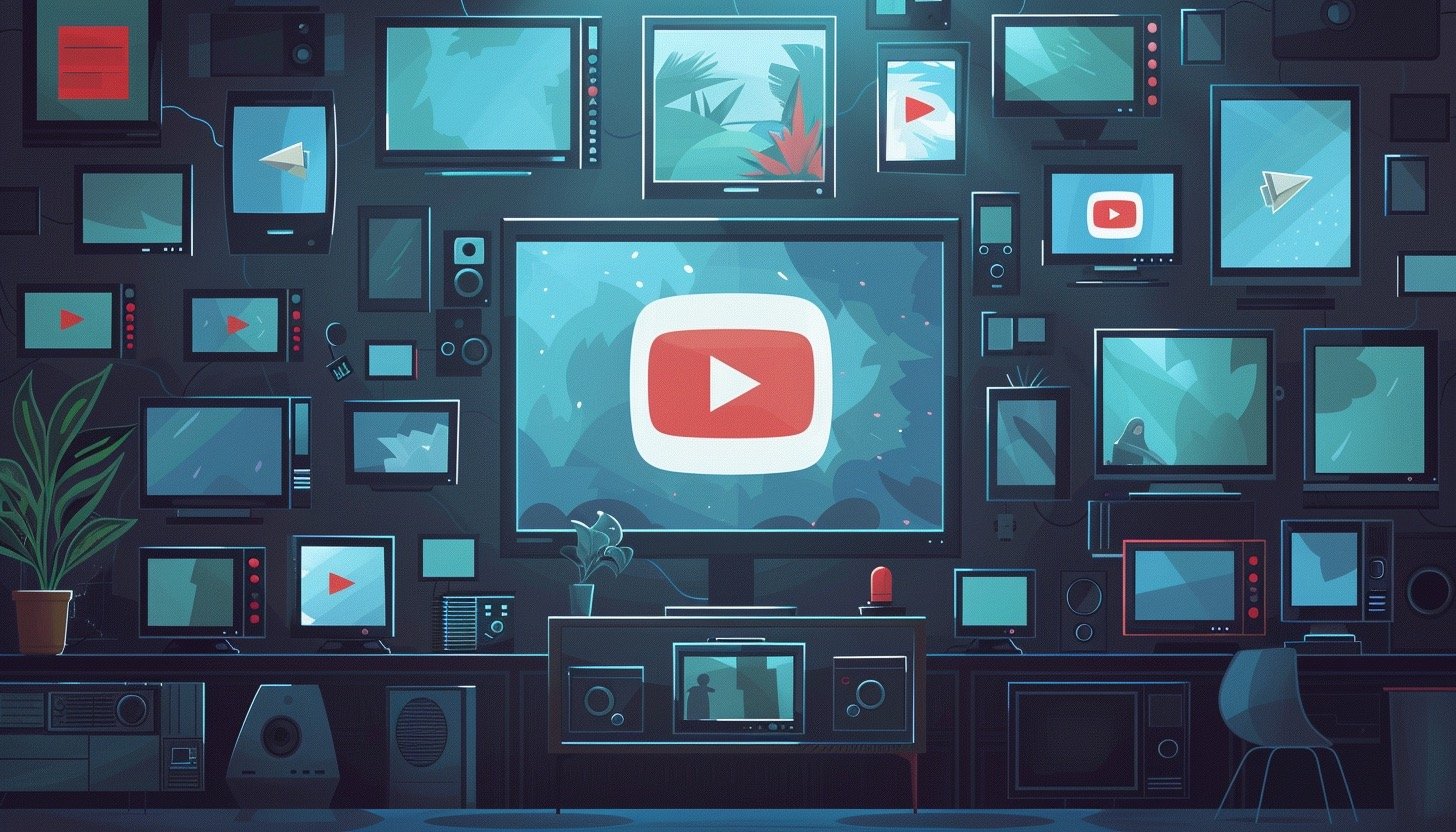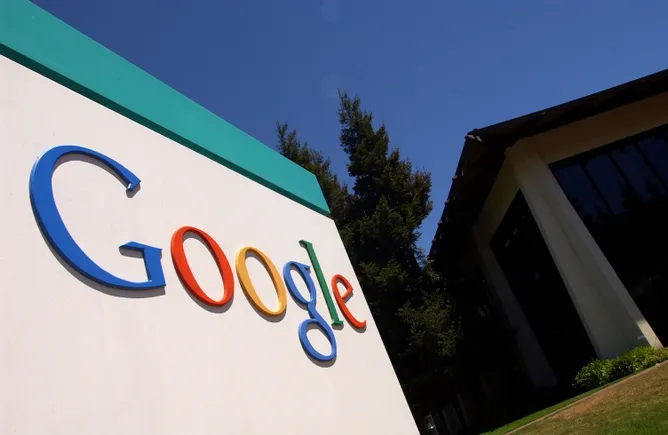How are you monetizing your creative endeavors?
getty
Creators are the heart and soul of social media platforms, providing an endless stream of interest-based entertainment.
As the number of creators on social media platforms has grown, so too has the competition between platforms to keep creators sticking around.
While every major platform competes for influencer attention and corresponding ad dollars, Instagram, TikTok, and YouTube have become particularly popular for influencer marketing. The majority of ad dollars spent as part of this $6-billion-dollar industry are concentrated on these three platforms.
“Instagram’s still seen as the prestige place for creators and brands to collaborate and create impact,” said UCLA adjunct instructor of influencer marketing Lia Haberman, “but TikTok and YouTube aren’t far behind, promising potential virality and increased engagement.”
As a result, these platforms compete with each other — and other tech companies courting influencers — to offer creators the most lucrative monetization options. In order to keep creators happy, incentivized and producing free content, the companies have developed a range of monetization tools that are as conducive as possible to giving creators a sustainable path to profitability.
These five monetization options are some of the most popular ways that creators can make money on social platforms with new tools and features seemingly being added or refined every week. And as the competition for creators heats up, we can expect to see more innovation in the world of creator monetization as platforms seek new and better ways to help creators earn a living from their content.
1) Brand Deals
Brand deals are the number one way that creators make money on social media platforms, accounting for almost 70% of revenue according to a recent Goldman Sachs report.
Not only are creators, brands and agencies orchestrating these deals, the primary platforms also offer their own marketplace solutions to encourage connections and collaborations between brands and eligible creators. YouTube’s BrandConnect, previously known as Famebit, pairs creators and brands for marketing campaigns. However, the video platform recently pivoted the program from a more hands-on approach where staffers would do personal outreach for preferred partners to a self-service model following tech layoffs.
Meanwhile, reviews of TikTok’s Creator Marketplace and Instagram’s Creator Marketplace have been mixed, with some creators complaining of low rates or brand deals that wind up worth less than advertised. Creators can negotiate almost triple their rate from working directly with brands versus through the platform marketplaces, according to a recent Creator Pay report from Hashtag Pay Me.
In general, the platforms are not staffed or set up to be successful directories. In fact, Snapchat is leaning heavily on agency partners to coordinate its new Collab Studio program. Influencer marketing agencies Whalar, Beeline by Brat TV, Influential, and Studio71 will work with Snapchat, Snap Stars (the platform’s top creators) and brands to help produce sponsored Stories and bespoke ad creative. Meanwhile, there’s a promising new TikTok program that could be a potentially lucrative solution, if it can scale beyond the approximately 400 creators currently involved. TikTok’s Creative Challenge is a secret UGC (user-generated content) program, according to Haberman’s marketing newsletter. The invite-only program is reportedly generating thousands of dollars for creators who produce UCG ads for brands.
TikTok has taken on the role of agency, lessening the friction for brands who need short-form creative but lack in-house resources, while creators are compensated for their production skills versus access to their audience. It’s an interesting model but remains accessible to only a select few.
Brand deals are a large income source for creators.
Goldman Sachs
2) Creator Funds
Creator Funds became increasingly common on social media platforms during the pandemic, with TikTok being one of the first to introduce it. Other platforms quickly followed suite, such as Instagram’s Reels Bonus program, Snapchat’s Spotlight reward fund and Pinterest’s Creator Fund for underrepresented creators.
The idea behind a creator fund is that the platform pays creators for the content they create, based on a variety of metrics such as views, likes, favorites and shares. However, one downside to this model is that as more creators join the platform, the pool of people sharing revenue gets bigger, and the payouts for individual creators can decrease. On top of that, economic pressures, creator dissatisfaction and shifting priorities have led many creator funds to be canceled or modified into other programs such as grants or accelerators.
About 73% of creators reported making no income at all from creator funds, according to a 2022 study by influencer-marketing agency Mavrck and eMarketer (now Insider Intelligence).
Indeed, TikTok received criticism for the low payouts of its initial Creator Fund, which had promised to pay out $1 billion over three years to eligible creators on the app. Creators reported making pennies for thousands of video views. The program was recently revamped with the introduction of TikTok’s Creativity Program Beta. This new program, open to all eligible U.S. creators, requires high quality, original videos that are longer than one minute. Payment details of the fund have not yet been revealed but it is expected to be more lucrative than the original version.
3) Ad Revenue Sharing
Ad revenue sharing is a well-regarded monetization option and considered a predictable and sustainable way to make money on social media platforms, as long as the creator’s content is consistently attracting views.
YouTube is the leader in this space with its YouTube Partner Program. YPP allows creators to earn a percentage of the revenue generated by ads that play before, during or alongside their videos. The partner program offers a 55% share of revenue share on long-form videos, and was expanded to include Shorts in 2022. Short-form video creators earn 45% of allocated Shorts revenue based on their share of total views.
Not to be left behind, Meta recently announced it was developing a revenue share model for Reels on Facebook, though hadn’t extended those payments to Instagram. “It’s the closest version to YouTube’s Partner Program we’ve seen from Meta,” said Haberman, who was invited to a virtual demo of the ad revenue share program that would overlay ads on Reels videos or play between videos.
Meta knows it’s fighting against the perception that Facebook is dead or only for old people, explained Haberman. Reps for the platform have claimed their daily active user data shows healthy signs of engagement. The Reels ad revenue program, which is currently invite-only, is rolling out this summer to more creators who have opted in to Facebook’s Professional Mode status. Other eligibility requirements or payment structure for the program have not been revealed.
Not to be left behind, Meta recently announced it was developing a revenue share model for Reels creators on Instagram Facebook.
“It’s the closest version to YouTube’s Partner Program we’ve seen from Meta,” said Haberman, who was invited to a virtual demo of the ad revenue share program that would overlay ads at the bottom of public Reels videos or post loop ads available only on Facebook.
Meta knows it’s fighting against the perception that Facebook is dead or only for old people, explained Haberman. Reps for the platform have claimed their daily active user data shows healthy signs of engagement and this new monetization opportunity could reinforce their efforts.
The Facebook Reels program which launched earlier this year will open up to more creators this summer while Instagram’s program is just getting started with a select group of creators and advertisers.
The big difference between Meta and YouTube’s ad rev share structure is a payout model based on performance, not ad revenue. “Initially, payouts in the test will be determined by the number of plays. The better their reels perform, the more creators can earn. Over time we may begin to incorporate other signals into payouts,” Meta announced in a release this spring.
4) Merchandise and Affiliates
While it accounts for less than ten percent of their overall revenue earned, creators can also make money by selling their own merchandise or hawking brand products and services through affiliate links. YouTube Shopping lets eligible creators promote products from their own stores in videos or livestreams and from other brands across YouTube in their videos, Shorts, and live streams.
TikTok offers two ways to make sales on the app, either via their affiliate program which pays creators a commission based on sales made in videos or during livestreams. Creators can also showcase and sell products directly on TikTok Shop through in-feed videos, LIVEs, and the product showcase tab. For its part, Instagram shut down its affiliate commerce program in August 2022 and removed the shopping tab from its homepage in September 2022, which may impact creators ability to generate revenue through product sales on that platform.
But there are any number of retailers looking to fill that void. Amazon recently rolled out a TikTok look-alike feed on its mobile app called Inspire. Creators enrolled in the Amazon Influencer Program can post to the in-app shopping feed, which features photos, videos and related product recommendations. Influencers earn commissions from customers’ purchases.
Amazon customers can’t upload videos to the feed themselves but can submit product reviews to be considered for Inspire.
5) Tipping and Subscriptions
Tips, gifts, and paid subscriptions are another way for creators to make money on social media platforms. Platforms such as Twitch, OnlyFans and Patreon are well-known for their tip and subscription models, a model the social platforms have attempted to duplicate.
TikTok has rolled out a variety of features, including Tips, Video Gifts and Live Gifting with viewers sending pre-purchased Coins, which creators receive and redeem in-app as Diamonds. The short-form video app is also introducing paid Series, which allows creators to put exclusive content behind a paywall which fans can purchase for access.
Instagram has its own internal currency called Stars, which can be used as Gifts given to the Reels of select US creators. Similarly, Instagram also allows fans to tip creators with Badges when they go live. And the company recently enabled creators to tie exclusive content to its paid Subscription feature.
YouTube has supported multiple ways for creators to make money over the years, from Super Chat and Super Stickers to Channel Memberships and Super Thanks, which all allow fans exclusive ways to interact and support creators’ content on the platform.
But creators need to build up a loyal following in order for these options to be successful. The model also relies on the creator acting as fundraiser, interrupting regularly scheduled programming to ask for tips or gifts, which could explain why it accounts for just three percent of revenue earned by creators.
Creator Eligibility Requirements
While the barrier to becoming a creator — especially a professional creator — has never been lower, it’s important to note that revenue opportunities on social media platforms are not available to everyone.
Many of the official platform programs require that creators meet certain eligibility requirements, whether it’s being 18 years old, having a certain number of followers and/or video views and often they must be US-based. These programs tend to benefit creators with established brands and larger audiences. It takes resources to be able to meet the eligibility requirements expected by the platforms, which can exclude many smaller or up-and-coming creators.
The platform that ensures a way for all types of content creators to participate in their programs is likely to be the winner in the long run. A platform that can actually help creators build sustainable businesses will have a competitive advantage over those who don’t.
To be eligible for TikTok’s creator programs, creators must have 10,000 followers and 100,000 authentic views on their videos in the last 30 days.
To be eligible for Instagram’s creator programs, many of the requirements are shrouded in mystery. For example, access to Badges and Subscriptions is on an invite-only basis.
To join YouTube’s Partner Program, creators must have 1,000 subscribers and 10 million eligible public Shorts views in the last 90 days or 1,000 subscribers and 4,000 valid public watch hours on long-form videos.
